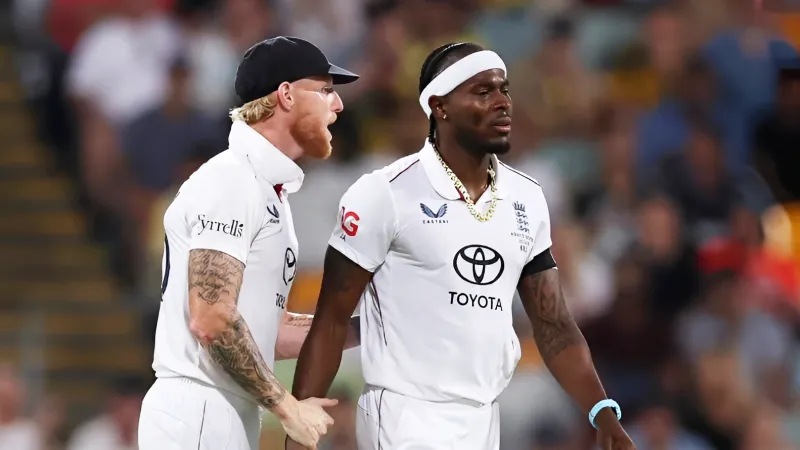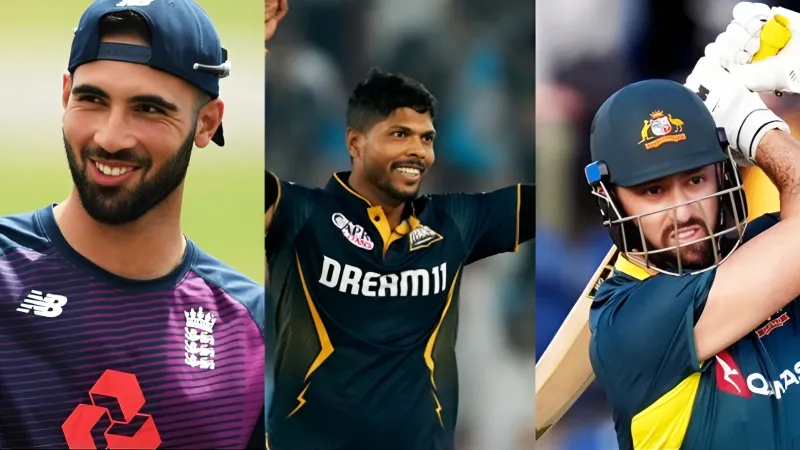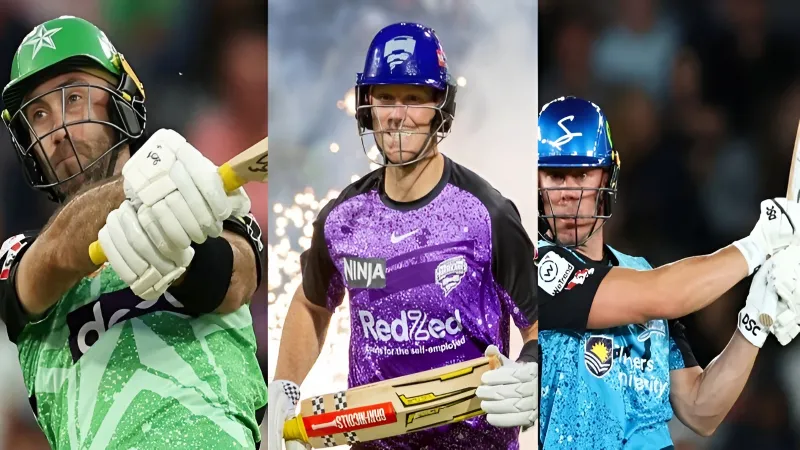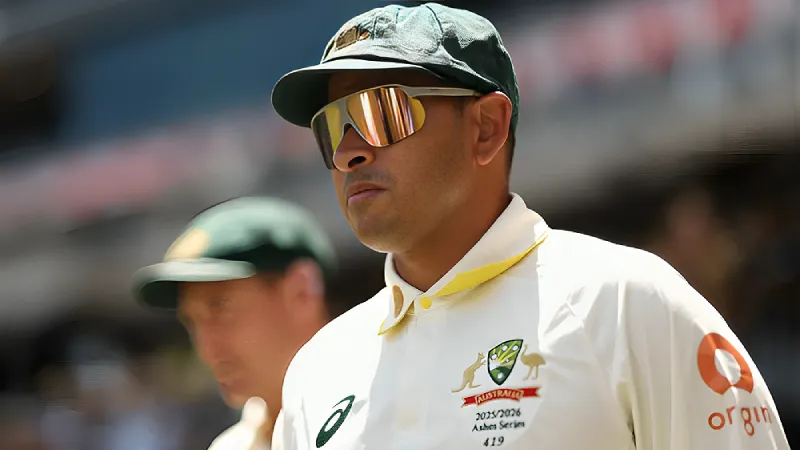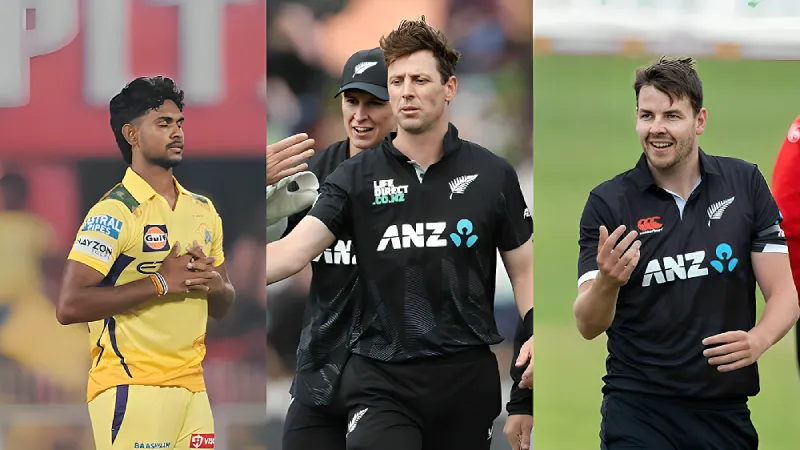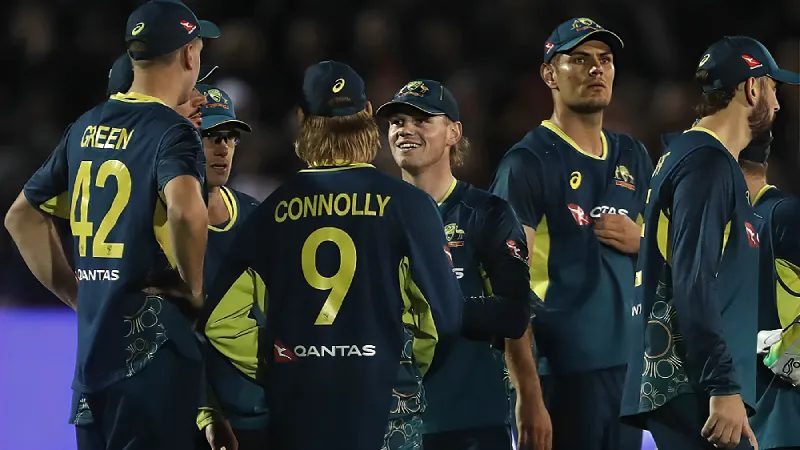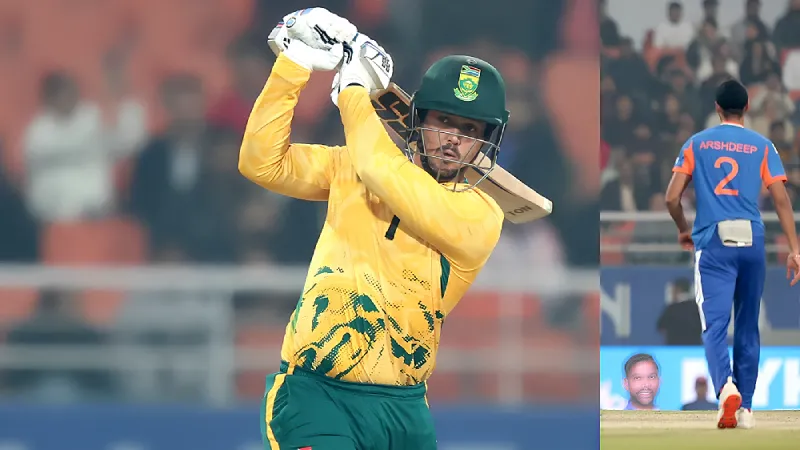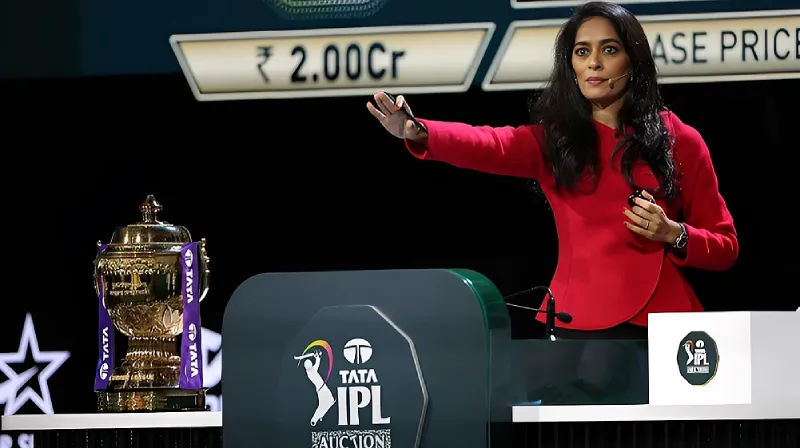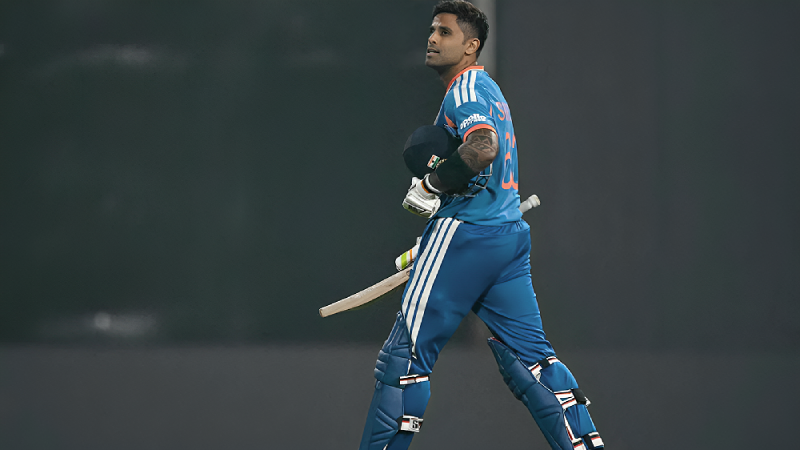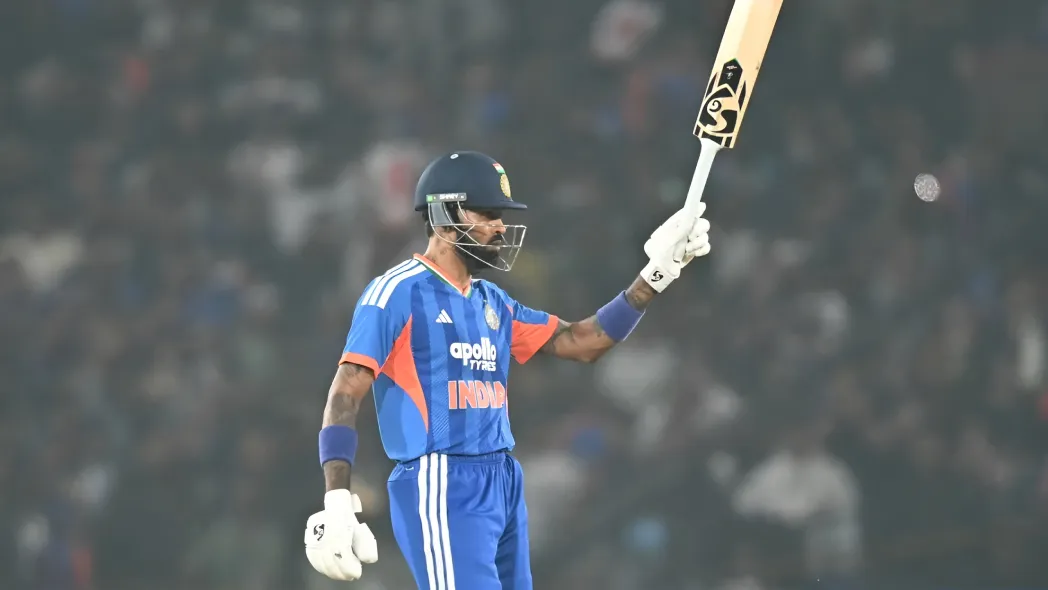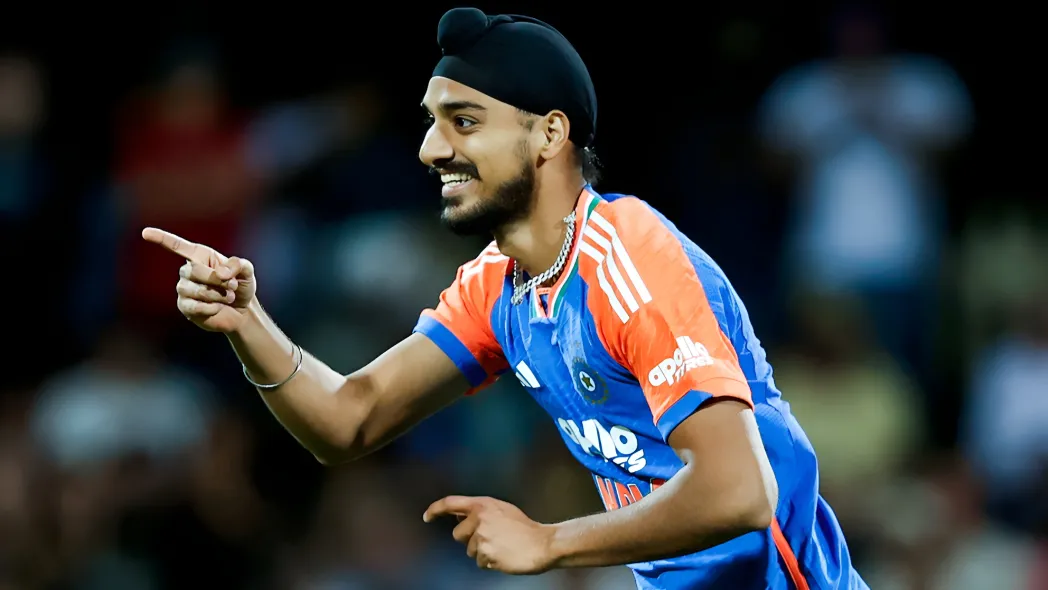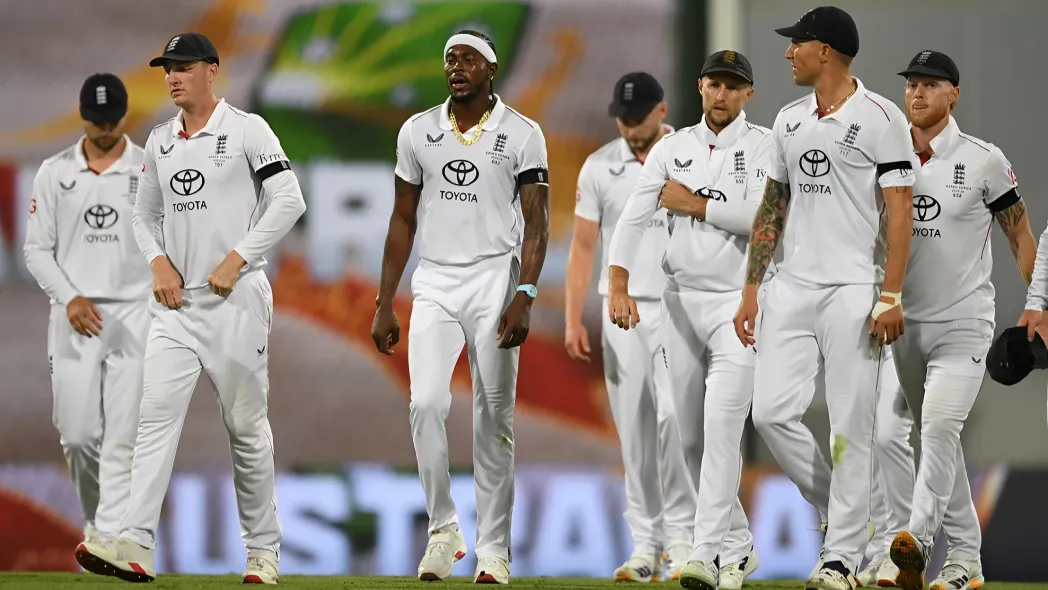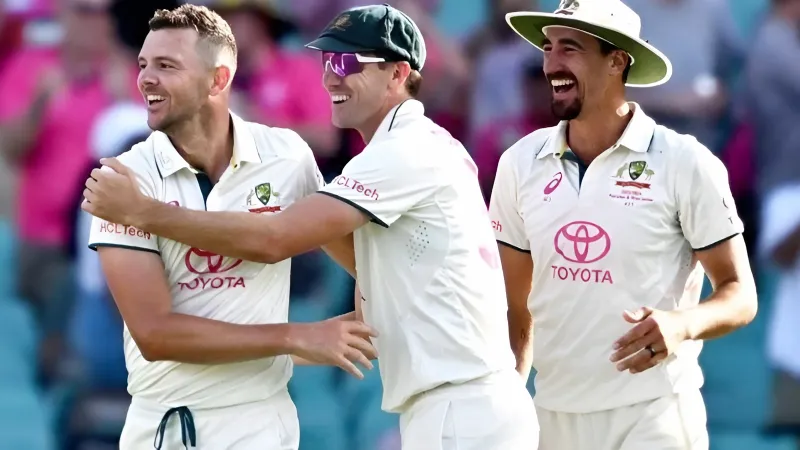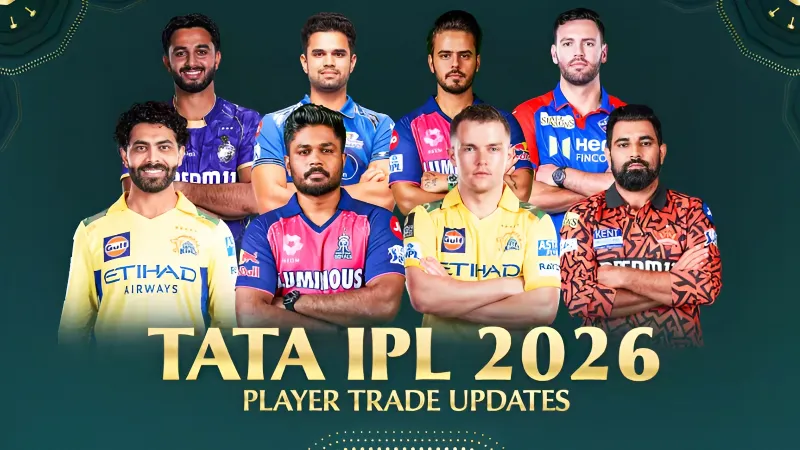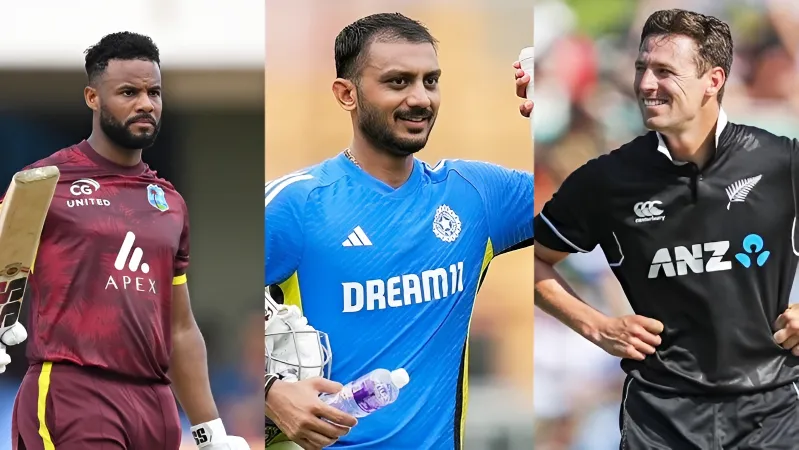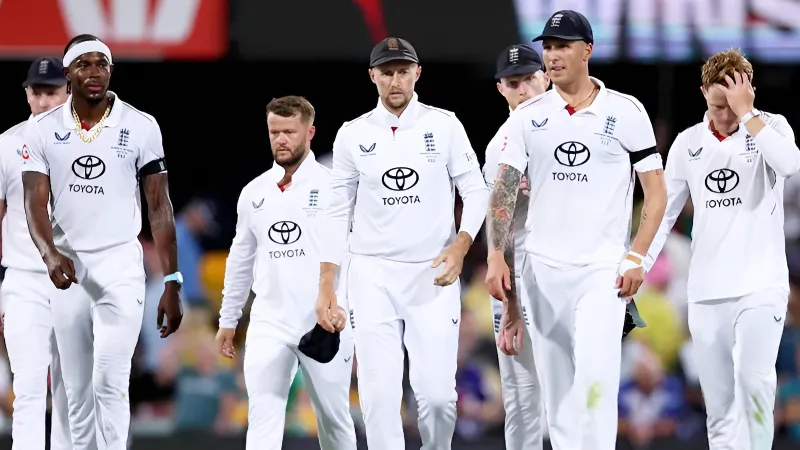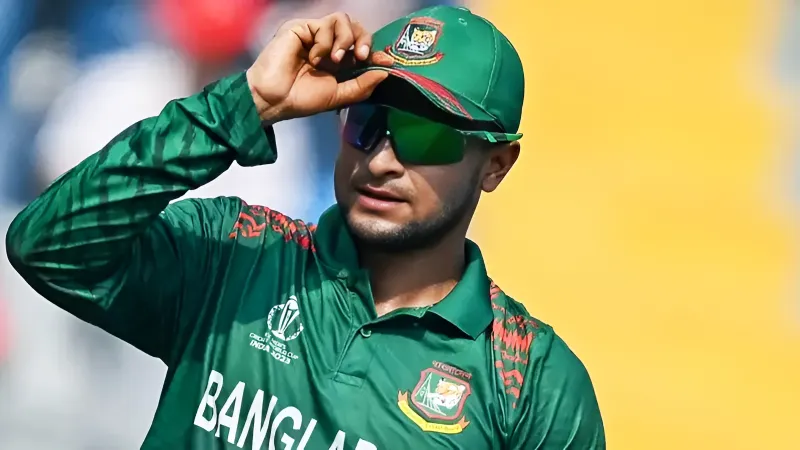Let’s face it—there was a time when Australia and T20 cricket were not the best of friends. For a long time, it felt like Australia’s fate with T20 cricket was to try and work it out while everyone else had figured out how to do it. So, what happened? How did Australia transform from trial and error to T20 success? One word: depth. Let’s explore how Australia has leveraged bench strength, options, and clarity of roles to become a T20 powerhouse.
How Australia Built a T20 Army, Not Just a Team
In the 18 months, they have not only won in Australia, but they have done it in style. Since early 2024, Mitch Marsh’s squad has played 28 players and has a win rate of 82.6%, which is truly remarkable. This is not a rotation; this is a system working to fit its full potential with interchangeable parts.
They have been able to hit every note so far, even without regulars Pat Cummins, Mitchell Starc, and Travis Head. Players have been able to find a way, whether it was Mitch Owen coming into bat at No.6 on debut and scoring fifty from just 26 balls. Australia has removed the possibility of these occurrences being anomalies because they have put in the hard work to build a system that is operating at capacity.
Australia is no longer relying on stars or top-tier players to get the right performance. They have developed a nimble and flexible core, with basic communication and clarity, which sets the roles and expectations. First-time debutants, or long-standing regulars, all know what is expected of them when they are selected.
A Batting Lineup That Hits Like a Freight Train
Let’s talk about that brutal Aussie batting lineup. Since the start of 2024, they’ve had the highest team strike rate (163.63) and hit boundaries every 4.5 balls—more than any other team. That’s not just explosive—it’s terrifying.
Players like Josh Inglis have grabbed their opportunities with both hands. After barely featuring in the previous T20 World Cup, he now averages 39.25 at No.3 with a blistering strike rate of 172. And how about Cameron Green? Back from surgery and already clocking three 50+ scores in his last five games, he’s proving his value at No.4 in style.
Bowling Depth That Crushes You at Both Ends
Consequently, while Australia has seen its bowling take a backseat to the Big Three (Hazlewood, Cummins, Starc), it is not satisfied with only a three-pronged pace attack. Since 2021, Australian bowlers have had a better strike rate in overs 16-20 than the other nations in the top 15 T20I sides.
Ben Dwarshuis and Nathan Ellis have quickly become reliable bowlers at death, often applying the brakes on runaway innings. Just ask the West Indies. In the first T20I, the West Indies looked set for a good score at 1-103 and fell to 6-30 in the last five overs of the innings.
Add Australia’s Powerplay punch—the second-best strike rate in overs 1-6—and they hit hard from the outset. Then Zampa, Maxwell, and Kuhnemann squeeze the middle overs tight, shutting down any momentum.
Australia’s evolution in T20 cricket was not through a solution they pulled out of a hat or a lucky streak. They relied on their depth, made it clear, and kept changing. Every match played is proving that they have a deep bench, and it is not a luxury; it is a weapon.
For more, visit JeetBuzz News to read our quality Cricket Blog updates. Explore if you want to reminisce and enjoy all of your favourite cricket players and nostalgic match moments. To ensure that you never miss out, keep updated and join in the fun!


